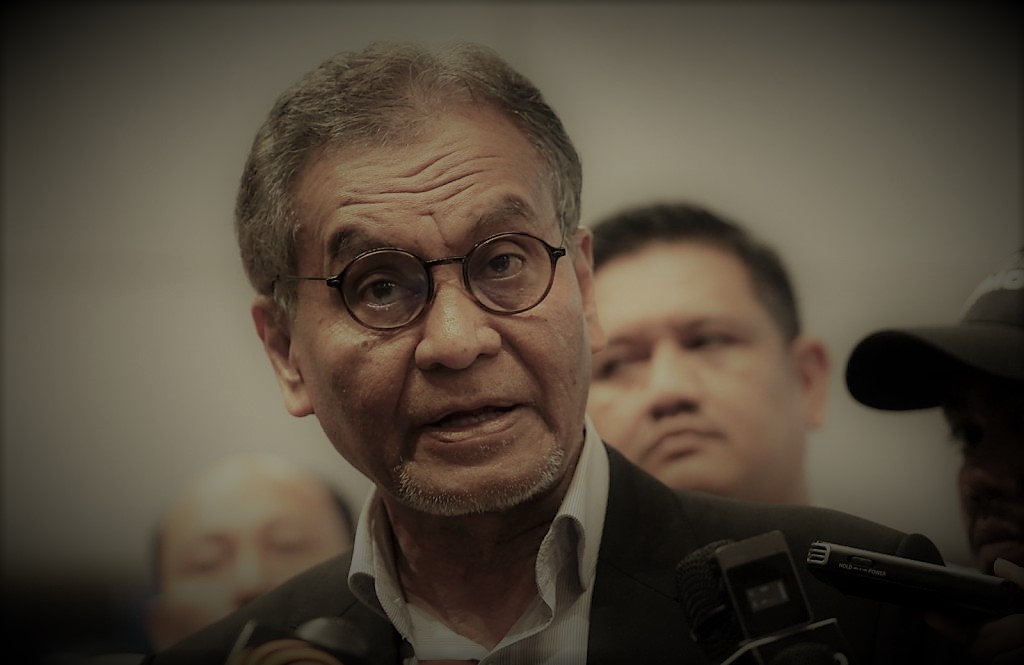MUMBAI: India’s newly appointed central bank governor, Sanjay Malhotra, has projected a brighter economic outlook for 2025, driven by robust consumer and business confidence. These remarks, included in the bi-annual Financial Stability Report released yesterday, mark Malhotra’s first public commentary on growth prospects since assuming office earlier this month.
“Following the slowdown in economic activity during the first half of 2024-25, the Indian economy is poised for improvement,” Malhotra noted in the report’s foreword. “Consumer and business confidence remain elevated, and corporations are entering 2025 with solid balance sheets and high profitability, setting the stage for a positive investment environment.”
A Surprising Appointment
Malhotra’s appointment to the Reserve Bank of India (RBI) was unexpected, announced just two days before his term began on December 11. A seasoned bureaucrat, he has emphasized stability and growth as the twin pillars of his economic vision. While his initial press briefing avoided specifics about monetary policy, his statements suggest a potential shift in approach.
Under the tenure of former governor Shaktikanta Das, the RBI maintained steady interest rates for nearly two years, resisting internal and external calls for easing. However, economists speculate that Malhotra might initiate rate cuts as early as February 2025, signaling a departure from his predecessor’s stance.
Slowing Growth and Revised Projections
India’s economic growth slowed to its weakest pace in nearly two years in the previous quarter, prompting the RBI to lower its growth projection for the fiscal year to 6.5%, down from over 8% in the previous fiscal year. Despite the slowdown, the RBI anticipates a rebound in the latter half of the year, bolstered by domestic drivers such as public consumption, investment, and strong service exports.
On the global front, Malhotra highlighted the easing of inflationary pressures as a positive sign, opening up monetary policy space to support growth. However, he cautioned against medium-term challenges, including geopolitical tensions, financial market volatility, climate risks, and rising debt levels.
Focus on Financial Stability
Malhotra reaffirmed the RBI’s commitment to financial stability, emphasizing its role in achieving sustained economic growth. “India’s financial sector remains resilient, supported by strong earnings, low levels of impaired assets, and substantial capital buffers,” he said.
The Financial Stability Report highlighted that Indian banks and non-banking financial companies are well-capitalized, with the sector’s capital adequacy ratio expected to remain stable at around 16.5% through March 2026. Stress tests indicate that no lender is at risk of falling below the regulatory capital requirement, even under adverse conditions.
However, the report warned of a potential rise in bad loans, with the gross non-performing assets ratio of Indian banks projected to increase to 3% by March 2026, from 2.6% in September 2024. This uptick could result from stretched asset valuations and increasing indebtedness, challenges that will test the resilience of the banking sector.
As India navigates these complexities, the central bank’s leadership will be critical in balancing financial stability with the pursuit of economic growth.








